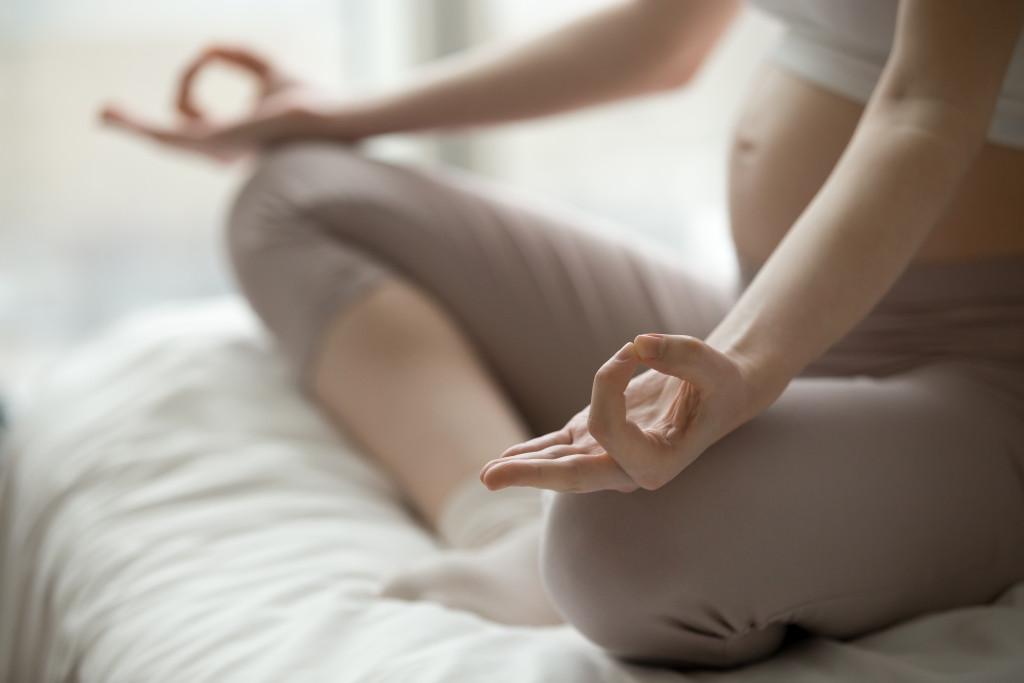Before the pandemic, travelling was our primary method of unwinding. Every time work gets a little too chaotic and stressful, we just filed a holiday leave and temporarily dropped our responsibilities. In the States, employees could even file a sabbatical leave, a luxury we don’t have in the U.K. But at least, we’ve got unpaid leaves, which is the closest to a sabbatical we could get.
Now that our travelling options are limited, our holiday leave has lost its purpose. Though the restrictions are fewer for fully vaccinated people, it’s hard to enjoy travelling when you’re constantly worried. Everywhere you go, the risks of getting infected are still there. As such, we have to adapt to this new normal and explore safer ways to unwind.
And adapt we did — the pandemic introduced us to a new concept of “staycation.” While the relaxation methods we adopted weren’t anything new, we saw them with a fresher perspective. We realized how helpful they were in changing our lives, especially our mindset.
The Impact of the Pandemic on Work-related Stress
Even though we’ve worked from home during the pandemic, the setup didn’t spare us from stress. In fact, work-from-home was more stressful for some people. We couldn’t always control the environment at home, so its distractions tended to be worse than those in the office.
In addition, homes lacked structure compared to an office. While you can establish a work-from-home routine, it’s easier to break out of it. Your boss won’t notice if you take a short break. In the office, on the other hand, your days are structured as you had a fixed break time. As such, your body had adapted to the routine, automatically going into “work mode” when it isn’t your break time.
If you have kids, the stress adds up because they can challenge your boundaries. Many work-from-home parents struggled in balancing parental duties and work responsibilities. To make matters worse, children started online classes last year. They needed the help of their parents to navigate the new setup. And, of course, kids needed constant stimulation to be entertained. This drained their parents’ energy more than usual.

De-Stressing Methods During the Pandemic
Because we couldn’t travel to unwind, we found other ways to de-stress without leaving the house. Two of those are meditation and yoga.
Meditation is a set of different practices intended to encourage a heightened state of awareness and focused attention. In the West, the most popular type of meditation is mindfulness meditation. It means paying attention, deliberately and without judgement, to your experience in the present moment. You can practice it “formally,” meaning you’d sit down, close your eyes, and do breathing exercises. You can also practice it randomly, such as while you wash the dishes, for example. While immersed in the task, you can focus on how the running water feels against your skin.
Practising meditation formally can have more benefits than practising it randomly. When you’re seated in a quiet room with no distractions, it can be easier to centre yourself and exercise your breathing. You can also use tools to enhance your practice.
One of the essential and common tools for mindfulness meditation is mala beads. They usually come in the form of beautiful spiritual bracelets. They’re meant to be used as a rosary; each bead is supposed to aid in your concentration. For breathing exercises, for example, you hold a bead with your thumb and middle finger, then complete one full breath (inhale and exhale) before moving to the next bead. You repeat this pattern you reach the guru bead. By that time, you should’ve completed 108 full breaths.
You can also use mala beads while doing yoga. During the pandemic, yoga helped many people stay active while maintaining a positive mindset. Yoga promotes mindfulness like meditation because it also involves breathing exercises. In addition, when you do the poses, concentration is essential, or you may lose your balance.
A short mindfulness session is also expected at the end of yoga practices. You’d sit down with your hands clasped in front of your chest as though in prayer. With the mala beads, you can chant mantras such as “I am calm,” “I am safe,” or “I am loved.” While chanting, you follow the same process as you would while controlling your breath using the mala beads.
These chants and practices helped people care for their mental health during the pandemic. Many of us didn’t give those practices much thought in the past, as we preferred hardcore exercises and travelling. While those activities are no less beneficial, unprecedented incidents like the pandemic can take them away from us. But meditation and yoga will always be an option and always there to help us de-stress.